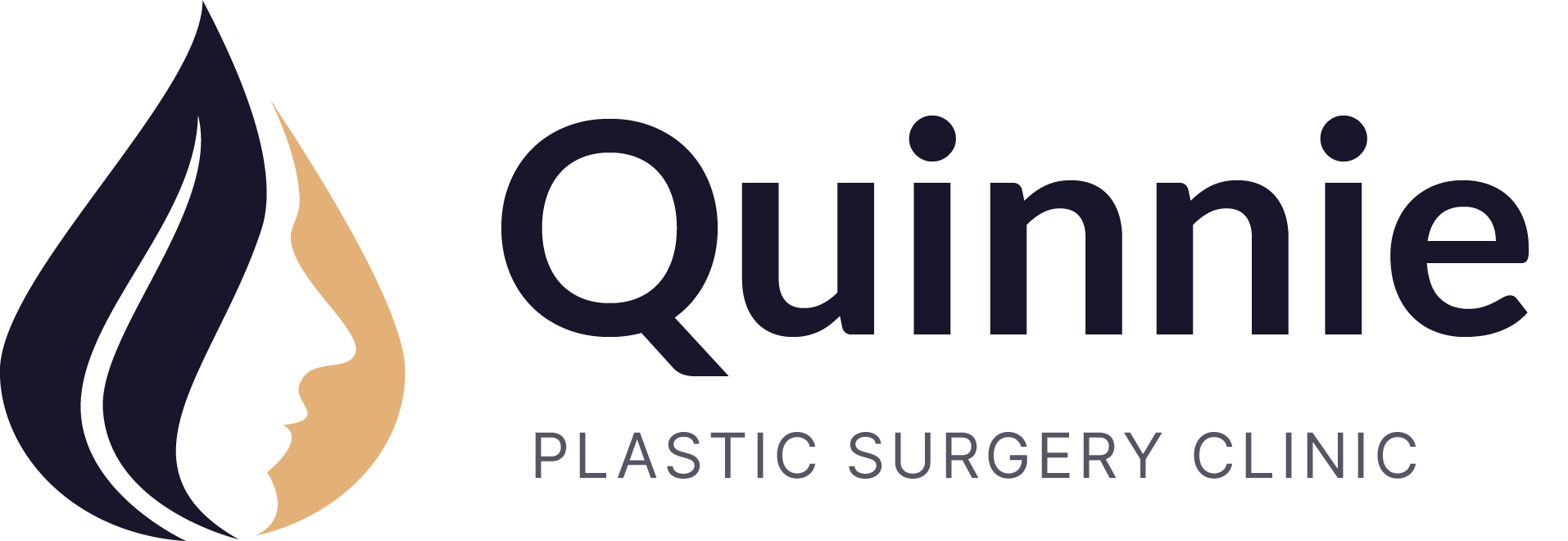Tip rhinoplasty is specifically designed to enhance the appearance of the nasal tip. This type of rhinoplasty is often chosen by individuals who feel that their nasal tip is too bulbous, droopy, or asymmetrical.
The tip rhinoplasty procedure is typically performed under general anesthesia, and involves making small incisions in the nostrils to access the underlying cartilage. The surgeon may then use a variety of techniques to reshape the cartilage, such as trimming or suturing it to achieve the desired shape and projection. Finally, the incisions are closed with dissolvable sutures, and a splint may be applied to the outside of the nose to help it heal properly.
When consulting with a surgeon, it is important to disclose your lifestyle habits, as well as any medications, vitamins, or supplements you are taking. This information can impact your treatment and potentially extend your recovery time.
After the operation there might be some swelling, bruising, and discomfort in the nose area. The surgeon may prescribe pain medication and antibiotics to manage these symptoms.
You should avoid blowing your nose or engaging in strenuous activities for at least two weeks after surgery. You should also sleep with your head elevated to reduce swelling.
The splint and any sutures will be removed after about a week, and patients can usually return to work and normal activities within 1-2 weeks. It may take several months for the final results of the surgery to fully appear as the swelling subsides.
Like any surgical procedure, tip rhinoplasty carries some risks and potential complications. These may include bleeding, infection, scarring, or adverse reaction to anesthesia.
It is important for patients to carefully follow all pre- and post-operative instructions provided by their surgeon to minimize the risk of complications and ensure a safe and successful outcome.
